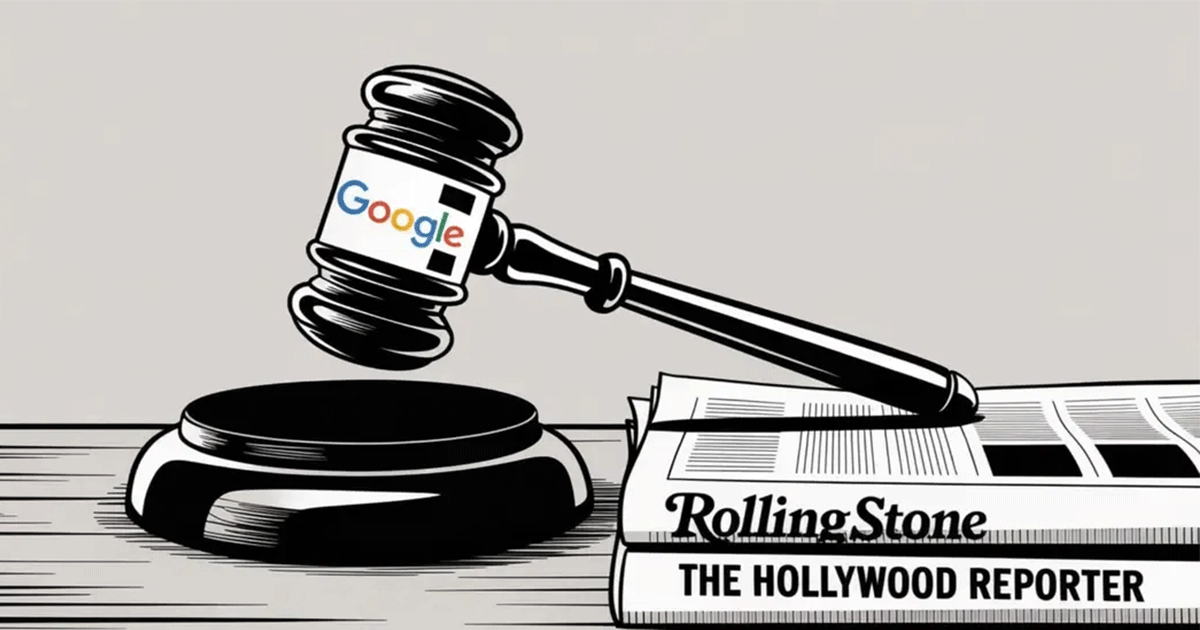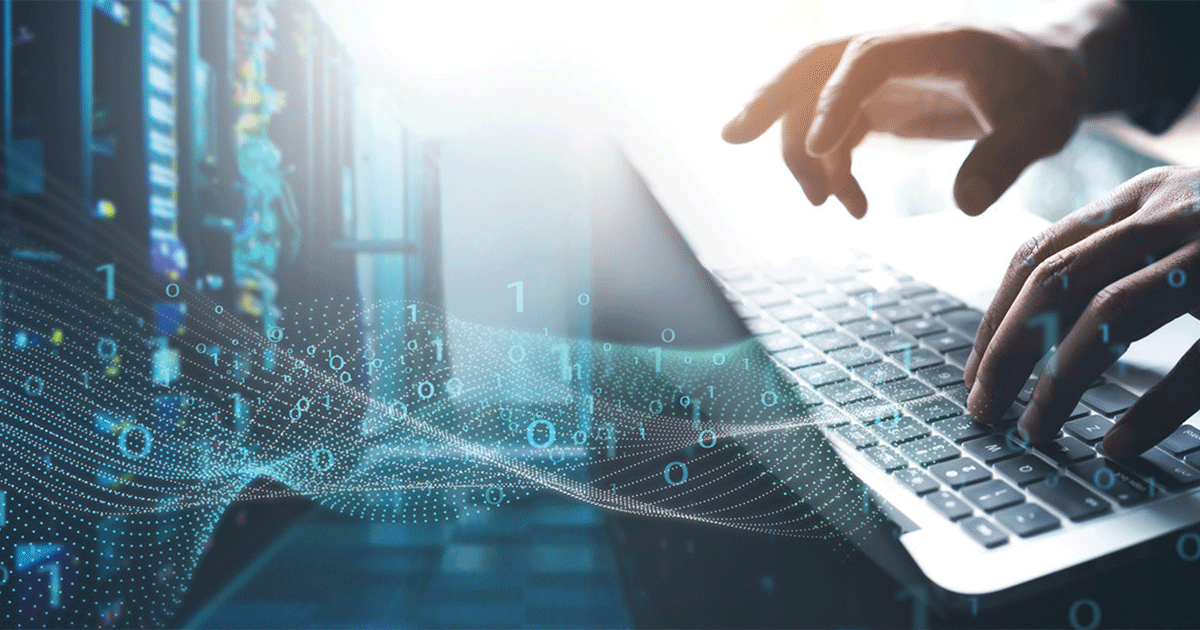Two recent court decisions in California—both favoring Meta and Anthropic in copyright‑infringement claims—mark a consequential turn in how U.S. courts interpret fair use in the era of generative AI law. While each ruling rests on narrow procedural and evidentiary grounds, together they signal a shift likely to invigorate cross-border debates over AI ethics, copyright law, and digital innovation policy.
Landmark AI Copyright Cases: Meta and Anthropic
In Silverman et al. v. Meta Platforms, U.S. District Judge Vince Chhabria dismissed a lawsuit brought by prominent authors who claimed that Meta’s Llama models were trained on pirated versions of their books. While acknowledging the authors’ “legitimate concerns,” the court found the plaintiffs had not provided adequate evidence that Meta’s AI outputs harmed the market for their works. Importantly, Chhabria stopped short of endorsing Meta’s practices; instead, he concluded that the plaintiffs “made the wrong arguments and failed to develop a record in support of the right one.” The ruling reflects a cautious application of U.S. fair use principles, grounded in the transformative use framework articulated in Campbell v. Acuff‑Rose.
Meanwhile, in Andrea Bartz et al. v. Anthropic PBC, the AI startup sought summary judgment, arguing that its use of copyrighted books constitutes the “quintessential” form of fair use. Anthropic contends that its Claude models convert expressive content into abstract statistical representations, never displaying the original texts to users. Its legal defense draws heavily on the Google Books and Google v. Oracle precedents, asserting that large language model training transforms copyrighted material into a platform for innovation across disciplines—from software development to medicine and education.
Together, these holdings—and the legal reasoning underpinning them—expose deepening fault lines in the global battle over AI and copyright law. AI developers lean on expansive U.S. fair‑use doctrine to justify large-scale data ingestion, while rights holders argue against what they view as industrial‑scale appropriation masked as “transformation.”
Global Impacts of U.S. Fair Use Rulings on AI Regulation
Generative AI Platforms
These rulings may solidify the legal footing for U.S.-based companies like Meta and Anthropic to train models on unlicensed data under U.S. fair use doctrine. While this supports rapid domestic innovation, it heightens international legal exposure, particularly in jurisdictions where stricter copyright regimes may view such practices as infringement—thereby increasing litigation risk and regulatory scrutiny.
Publishing and Media
These rulings weaken the position of publishers and media companies seeking compensation for AI training on their content. By favoring fair use, U.S. courts have limited the bargaining power of rights holders such as publishers and media outlets. At the same time, rights holders abroad continue to press for compensation through stricter copyright regimes such as the EU Copyright Directive.
Cloud Infrastructure Providers
These rulings indirectly bolster cloud providers that host and process large-scale AI training datasets. As U.S. courts signal tolerance for broad data use, infrastructure players may see increased demand. Yet this advantage could falter in regions where data localization requirements or copyright restrictions expose cloud services to downstream liability, as reflected in evolving data governance frameworks such as ISO/IEC 27018.
Enterprise Software and SaaS Vendors
These rulings may embolden enterprise software firms to integrate generative AI more aggressively, relying on U.S. fair use protections to justify training models on internal or publicly available datasets. However, vendors operating globally must navigate divergent copyright standards, particularly in the EU, where data usage boundaries remain more tightly drawn under legislation like the Digital Single Market strategy.
Legal and Strategic Risks in AI Copyright Litigation
Unsettled Case Law: These rulings are early-stage and likely to be appealed, injecting uncertainty into AI product development. Investors and companies may adopt hedging strategies or delay rollouts amid unpredictable appellate outcomes. For comparison, the U.S. Supreme Court’s decision in Google v. Oracle—which reversed a decade of lower court rulings by finding Google’s reuse of Java APIs to be fair use—demonstrates how legal interpretations of transformation and fair use can shift dramatically at the appellate level.
Erosion of Licensing Incentives: By prioritizing fair use over compensation, courts risk undermining incentives for publishers, authors, and media creators. This could hamper investment in high‑quality journalism and literature—especially in jurisdictions that lack robust enforcement. The Authors Guild has warned that such a scenario could threaten the sustainability of professional authorship.
Reputational Risk and Public Trust: Even if legally sound, training on unlicensed data may trigger public backlash. Authors, artists, and journalists continue to frame the practice as exploitative. Companies seen as bypassing creators may face reputational damage, employee dissent, or user attrition, particularly in markets where IP protection carries cultural weight. Protests by groups like the Writers Guild of America have spotlighted public unease.
Cross-Border Legal Uncertainty: The Meta and Anthropic rulings deepen the divide between U.S. and foreign copyright regimes, creating legal ambiguity for global AI deployment. Multinational firms face rising compliance costs and litigation risk as they scale models trained in the U.S. into jurisdictions where such practices may violate copyright or database rights.
Fragmentation of Compliance Standards: As a result of this legal uncertainty, there will be a greater need for jurisdiction-specific compliance frameworks. As copyright, data, and AI governance rules diverge, companies must now tailor legal, technical, and documentation processes to each market—driving up costs and complicating model deployment timelines for firms operating across multiple regions. See the proposed EU AI Act for one example of this fragmentation in practice.
Diplomatic and Trade Friction: The widening gap between U.S. permissiveness and (most other) stricter regimes—such as the EU or nations in the Global South—may provoke diplomatic tension. Countries advocating stronger data rights may challenge U.S. permissiveness in trade forums or pursue digital sovereignty measures, potentially affecting cross-border data flows, adequacy agreements, or AI export controls.
Market Opportunities Emerging from AI Copyright Rulings
Legal Clarity for U.S. AI Firms: These decisions offer early judicial affirmation of fair use for training LLMs, reducing legal friction and allowing U.S.-based firms like Meta and Anthropic to accelerate product deployment without expensive licensing deals. The U.S. Copyright Office is actively reviewing how AI intersects with copyright law, which may reinforce or reshape that clarity.
Competitive Edge for U.S. Platforms: Lower content acquisition costs and faster innovation cycles can strengthen U.S. AI leadership—drawing both global capital and talent into the ecosystem. A recent McKinsey report highlights how early legal clarity contributes to global competitive advantage in foundational AI.
Catalyst for Legislative Reform: The rulings may spur lawmakers in the U.S. and EU to reform copyright statutes, drawing clearer boundaries for AI training that balance creator rights with innovation. In the U.S., lawmakers are already holding hearings and consultations—such as those by the House Judiciary Subcommittee on IP—to evaluate whether current copyright law adequately addresses the challenges posed by AI training.
Adaptive Licensing Models: Rights holders and AI firms may innovate with micro‑licensing (small-scale, transaction-based permissions), collective rights frameworks (centralized rights management by collecting societies), or opt‑out registries (systems allowing creators to exclude their work from AI training)—blending structured compensation with large‑scale data access. Models like ASCAP and Creative Commons offer precedent for scalable rights management.
Public‑Private Innovation Partnerships: Reduced legal exposure may facilitate collaboration between federal agencies and AI firms to develop public‑interest applications in education, healthcare, and research—unlocking generative AI’s broader societal potential through trusted institutional partnerships. Programs like the NIH Bridge2AI initiative illustrate how such collaborations can be structured.
Alternative Perspectives on Fair Use and Generative AI
Critics warn that an expansive interpretation of fair use could hollow out the commercial value of copyright, turning it into a “blank check” for AI developers to harvest creative works without consent. Others counter that when generative tools serve to augment—rather than replace—human authorship, the resulting public benefits, from scientific discovery to classroom learning, may warrant a more flexible legal framework.
Ultimately, these California decisions show how fair use—a doctrine designed to balance innovation and protection—is being recalibrated in real time for the AI age. For businesses and policymakers alike, the imperative now is to anticipate how courts, legislatures and industries will define—and defend—the boundaries of creative transformation in years to come.
FAQs
1. What are the Meta and Anthropic copyright lawsuits about?
Both law suits center on whether training AI models on copyrighted books without permission violates U.S. copyright law. In both cases, courts signaled that fair use may apply—but stopped short of granting full legal clarity.
2. Do U.S. courts allow AI models to train on copyrighted content?
Currently, U.S. courts are evaluating this under the fair use doctrine. While early rulings suggest some tolerance, the legal landscape is unsettled and may shift through appeals or legislation.
3. What is fair use, and how does it apply to generative AI?
Fair use is a legal doctrine that permits limited use of copyrighted material without permission. In AI, it’s being tested to determine if training on copyrighted data is “transformative” enough to qualify as lawful use.
4. How do U.S. rulings on AI and copyright differ from Europe’s approach?
U.S. courts rely on fair use, which is flexible and open-ended. The EU, by contrast, enforces stricter copyright rules and database protections, requiring explicit permissions for most AI training data use.
5. What are the risks for global AI firms using U.S.-trained models abroad?
Models trained under U.S. fair use protections may face legal challenges overseas where copyright exceptions are narrower. This creates cross-border uncertainty and increases compliance and litigation risks.
6. Could these rulings lead to new laws or regulations?
Yes. Lawmakers in the U.S. and EU are already holding hearings and considering updates to copyright statutes to address AI-related use cases. These court rulings may accelerate legislative reform.
7. What are adaptive licensing models in AI?
These models are flexible, scalable ways to compensate rights holders—like micro-licensing, collective rights management, or opt-out registries—that make large-scale data use more legally sustainable.


